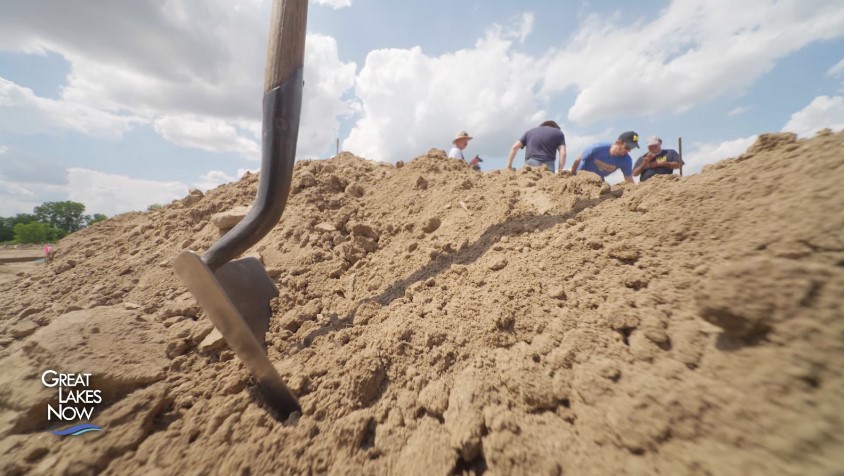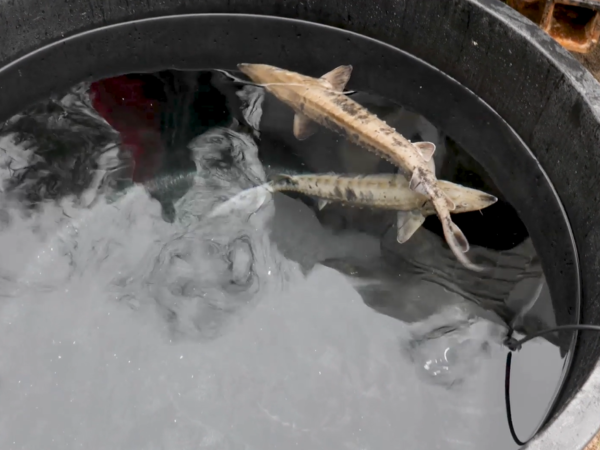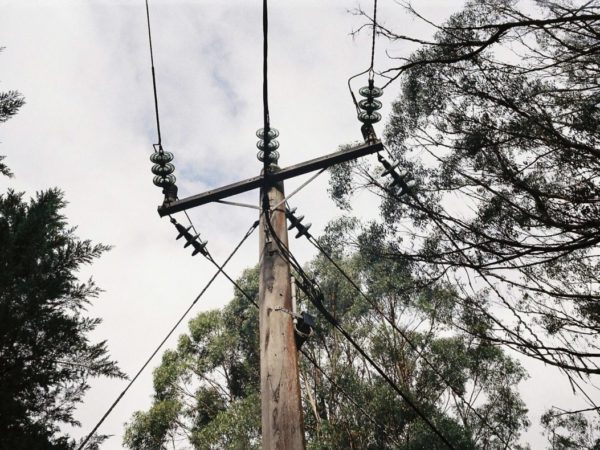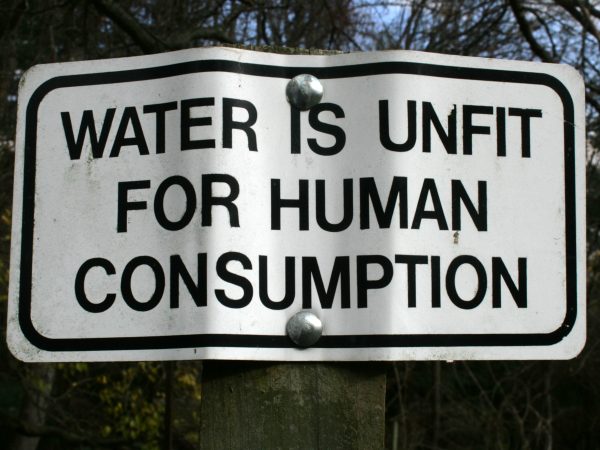
This lesson will explore the phenomenon of weathering and erosion preserving ancient artifacts and producing natural resources for both an opportunity to learn about the history of a region and benefit the people of that region in the present. From past civilizations to modern energy solutions, the Great Lakes region is home to artifacts and renewable energy sources that have been hidden underground or embedded into the landscape by natural processes.
- Know about the important role that artifacts from the Clovis period tell us about Great Lakes regional history
- Understand how energy can be harnessed from the rushing waters of Niagara Falls
- Be able to create a water wheel to model the process by which energy is generated
View the entire lesson plan including teacher background information, worksheets and more below or download for free here.
Activity 1:
This activity is a video discussion of a Great Lakes Now segment featuring an archaeological dig in Michigan investigating the Clovis time period, people, and culture.
Watch a Great Lakes Now Segment
Activity 2:
The Anderson Collection of artifacts, housed in the Grand Portage National Monument includes over 1,400 ancient objects like arrowheads, hammering tools, and copper ornaments, some dating back to the Clovis period 10,000 – 13,500 years ago. As they read, students will learn these objects hold significance for historical and archaeological reasons, but they also have sacred meaning to the indigenous peoples of the modern day Great Lakes region.
In this activity, students will use a Think Pair Square Protocol for discussing what they will read about this very topic.
Read About Ancient Stone Tools
Activity 3:
The purpose of this activity is to help students understand how radio carbon dating works by teaching the fundamentals of radioactive decay and the principles underlying radiometric dating. This is achieved through modeling radioactive elements with pennies and observing their decay over multiple ‘half-lives.’
Radioactive Carbon Dating Simulation
Activity 4:
This activity is a video discussion of a Great Lakes Now segment featuring one source of where our electricity comes from in the Great Lakes region—Niagara Falls—and just how we generate power like that from renewable resources.
Watch a Great Lakes Now Segment
Activity 5:
The purpose of this activity is for students to design a working water wheel in order to better understand the mechanics behind water wheels and their significance in renewable energy generation.
Engineer a Working Water Wheel
Learn all about Buried Relics and Falling Water on the episode landing page.
If you use this lesson or any of its activities with your learners, we’d love to hear about it! Contact us with any feedback or questions at: GreatLakesNow@DPTV.org




